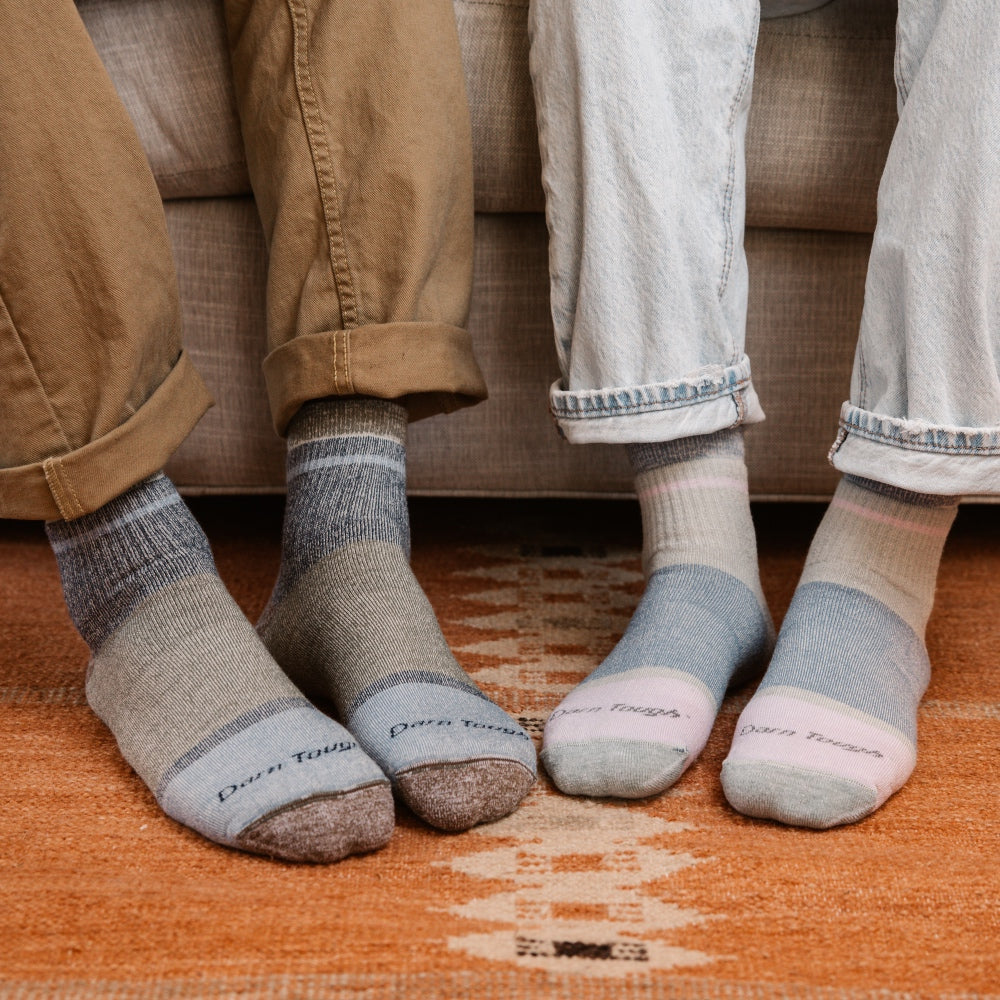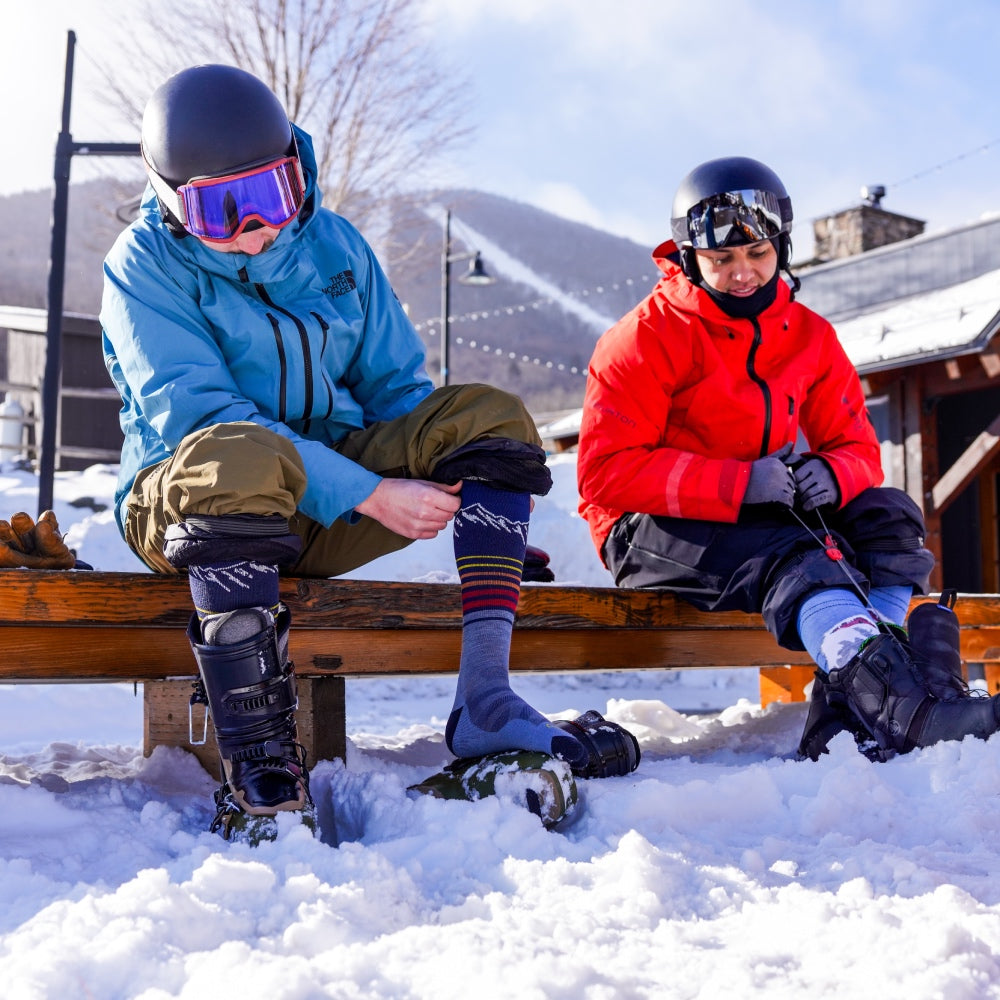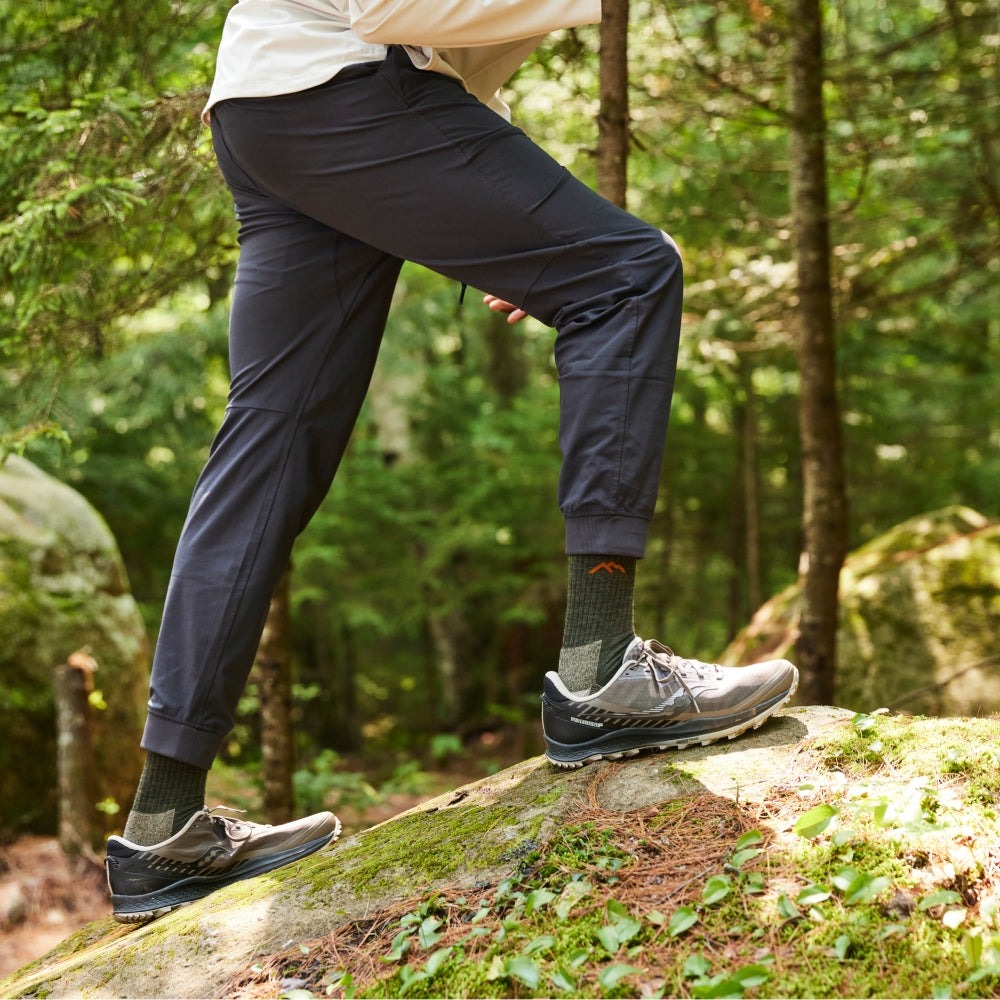Training for the Appalachian Trail FKT: A Week with Kristian Morgan

“The path of endurance has no destination. Ultrarunning is how I explore limits” — Kristian Morgan.
Hi, that's me, Kristian Morgan.
Last summer, I became the second fastest person in the world to complete the Appalachian Trail (AT), completing a supported Northbound faster than the famous Scott Jurek. The odyssey isn't over yet. I pursue my dream of setting a new fastest known time (FKT) on the AT.
I’m living in Thailand and working as a remote running coach, whilst training for this summer’s FKT attempt. Training for this kind of endurance takes something extra.
Quality, consistent training is needed to have any chance at setting an FKT on the AT. My typical training week starts off with two easy runs, and my week ends with either a long single run or two back-to-back long runs. The philosophy behind my training: every hard day is followed by an easy day.
Monday
I made two ascents of the island's tallest mountain “Koh Rai”. A few weeks ago I became King of the Mountain (KOM) on this Strava segment. It was held by a 2:20 Israeli marathon runner. I feel proud to literally be King of the Mountain, but today is about going easy.

Later in the afternoon, I boost my miles by running some flat ones on the dirt running track at the school. Running 400 meter loops is quite the contrast to going up and down a mountain, but I find beauty in both.
Tuesday
Tuesday equals hill repeats; this is one of the hardest sessions of the week both physically and mentally. What makes these sessions so hard is that you're repeating the same section of hill and can easily give up if not mentally focused or committed.
In today’s case, it’s 25 x 45 seconds. I run up hard but relaxed. It’s easy to overcook the first few repeats, which would leave you exhausted and unwilling to continue. After every five, I walk back down the hill instead of jogging to play a number game: 5 groups of 5 are easier to mentally digest than 25. Finally the last one arrives, and I realize even though this was a difficult session, I have overcome these difficulties.
During the late afternoon, I take massage. It’s an important part of recovery. Qwuan (the lady I see) starts off gently; I relax but know pain is ahead. She plays my tendons like the strings on a guitar. I feel pain but at the same time can feel this is actually healing my body.
The evening is an easy 45 minutes on the dirt track to help blood flow and have movement in an easy manner. No traffic lights to stop me, no cars to dodge, and just a free flow of running.
Wednesday
I return to the mountains. Reaching the summit, I sit on a rock, close my eyes and take in a deep breath, then let out a looong exhale. I repeat this over and over. I respect that my mind needs some time out from the relentless thoughts that crowd my brain. I can smell pine trees, smoke from fires in the distance and the nectar of sweet flowers.
Opening my eyes, I feel like it’s a new day full of potential. I become excited by anticipation of a great time ahead.

Running back down the mountain, I’m a child again, no worries just a razor sharp focus on where my next foot strike will be. Adrenaline and caffeine combine to create a potent reaction. I’m not running anymore, I’m floating down this mountain. I no longer think about my feet, they find their own way. I am able to kind of sit back and passively observe.
Thursday
More running, and this time I have company. It's an easy dirt track session. I’m joined by an Australian runner named Tom, and we talk as we run. The effort is 4 out of 10. As a running coach I describe the 1 to 10 scale as “Rate of Perceived Exertion” (RPE).
Tom’s been living here on the island for 10 years now; he has booked his first ultra marathon for this summer. I’m happy he has become a run coaching client after our meeting. I’ve been coaching runners all over the world from my laptop here in Thailand; each week I connect to them on a phone call. It's great to share over 20 years of experience-based knowledge.
Friday

Today is an easy day before the long run tomorrow, I wake up and eat fruit. Jump on the moped and in less than 10 mins I’ve arrived at the 400 meter dirt track. In the years running loops around this dirt track, I have accumulated 600 miles or 1000 kilometers.
I find not having to stop at traffic lights, think about cars or people helps me get into the zone and just flow. I float around the track relaxed physically and mentally. Using the time to explore memories in my mind from times gone by.
Saturday
Saturday is a long day. 20 miles in the Thai jungle, and temperatures reach 110 Fahrenheit. I eat a fist full of sticky rice wrapped in banana leaf every 30 mins. My soft flasks are filled with coconut water. I carry 3 liters in my running pack.
I see snakes and scorpions, and the trees around me are filled with cautious monkeys who stare at me as I pass. 5 hours is a long time to be out, but compared to a month and a half of 16 hours per day on the AT, it’s child’s play.
About the Author

Kris is a professional ultra marathon runner and coach. He currently lives, trains and works in Thailand, coaching athletes remotely. For the past 5 years, he's been chasing the fastest known time for the Appalachian Trail. He's currently the second fastest in the world to complete the AT with a time of 44 days, 4 hours, and 54 minutes.
This summer Kris and his crew will take a final attempt at setting an FKT on the AT. The attempt will have live tracking available which can be followed via his website www.kristianultra.com. Any runners, beginner or professional, who want to either run their first ultra or aim for the podium can also contact him via the site. You can follow Kris's training for the AT on Instagram @kristianultra.







